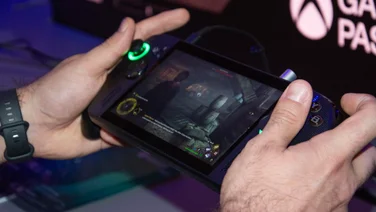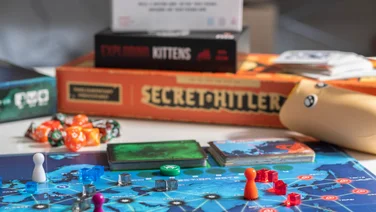To help us provide you with free impartial advice, we may earn a commission if you buy through links on our site. Learn more

Love them or hate them, games built around micro-transactions are growing in popularity, with both players and developers.
Gamers love the low cost of entry – rather than buying a game at full price, players can get the basics for free and only pay for additional content. A few pounds here and there doesn’t seem like a lot, but you can end up spending much more than you initially planned. Publishers often count on this, as they can see startling profits from their often lucrative pricing models.
Our sister site Bit-Gamer has just completed a thorough investigation into the micro-transaction pricing model, and has uncovered some surprising facts.
Despite “expecting to be infuriated by every game we came across”, they actually found that the majority of games that use micro-transactions offer items that can be found for free through continuous play, or ones that offer purely cosmetic changes. Whether you feel like spending £60 on a piece of in-game clothing that’s completely cosmetic is of course up to personal taste, but you won’t be gaining a gameplay advantage over other players.

For a more detailed breakdown, beautifully presented in easily-digestible graph form, head on over to Bit-Gamer and take a look.






